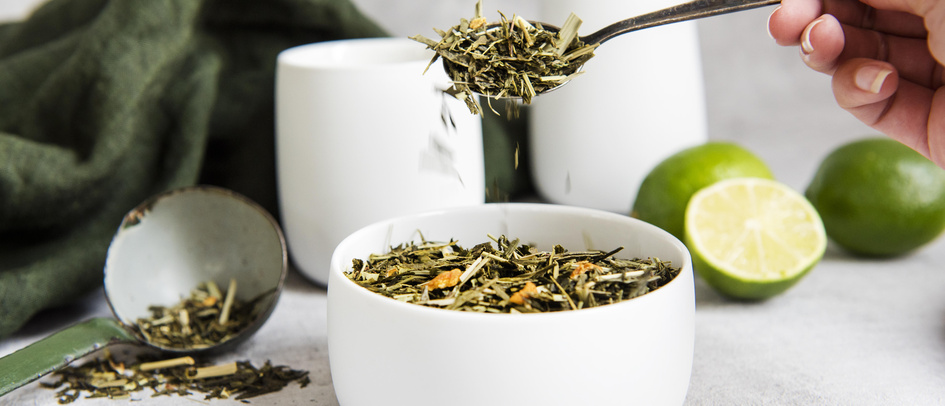Tea is originally from china and was introduced in the 700s in Japan. Back then it was a luxe product, only the rich people drank tea. Approximately 400 years later they started to grow and make their own tea. Around 1300 tea really got popular, also among the ‘common’ people. Tea parties were being thrown where, for example, the guests had to guess which tea was being served. Etiquette and tradition became more and more important at these parties. From here the Japanese tea ceremony was originated.
Japan is, after China, one of the oldest tea countries in the world with a tea history which goes back over 1000 of years. Tea was brought to Japan by Japanese diplomats and monks who had been travelling through china, been studying of been working. Tea soon became a drink of the royal class when emperor Saga got his first cup of tea offered by a monk.
Sencha
Japan mainly produces green tea. This tea has a refined aroma and a powerful taste. Japanese green tea is made by flattening the fresh tea leaves after picking. Directly after the flattening, the tea leaves are being heated, so that no oxidation takes place, and the leaves remain green. This process is slightly different with “normal” green tea. The tea leaves are not rolled but crushed and steamed.
Sencha is one of the most popular tea of Japan and includes 80 percent of the total tea production. The word Sencha means ‘gewelde’ tea, which can be best described as dried tea. This refers to the method on how this tea is being made. The taste of the tea is dependent on the temperature of the water.
Sencha is a tea type that has gained a lot of recognition in terms of taste and origin. This tea is famous because of its fresh and soft taste. The best temperature to drink this tea is 80 Celsius. The Japanese drink this tea warm as well as cold. For example, you can enjoy a delicious, iced tea in the summer.


